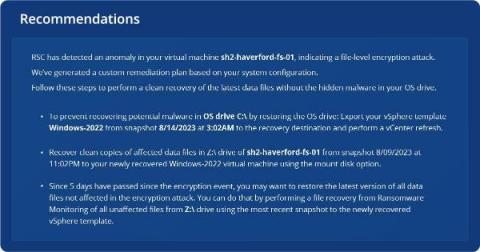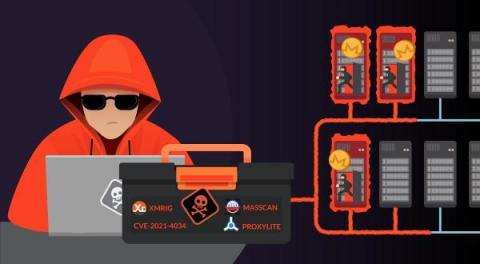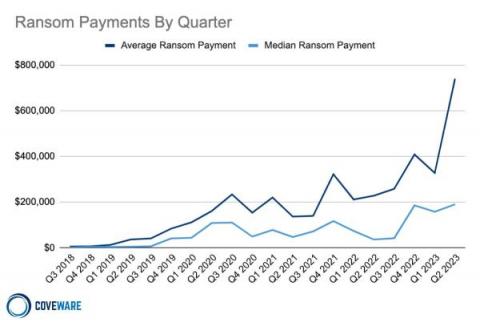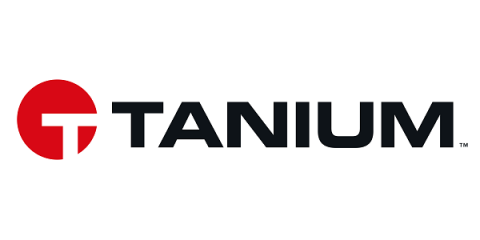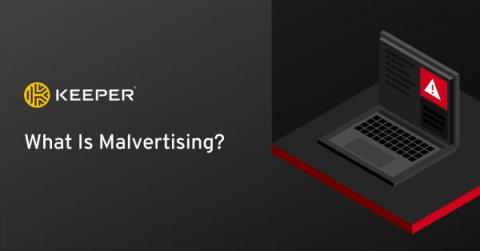Transforming Uncertainty into Certainty: Introducing Rubrik AI-Powered Cyber Recovery
Today, cyberattacks pose the most significant threat to an organization’s data. The Spring 2023 Rubrik Zero Labs report, based on research from over 1,600 IT and Security professionals, revealed that 99% of IT and security leaders were informed of at least one attack in their own environment in 2022.


